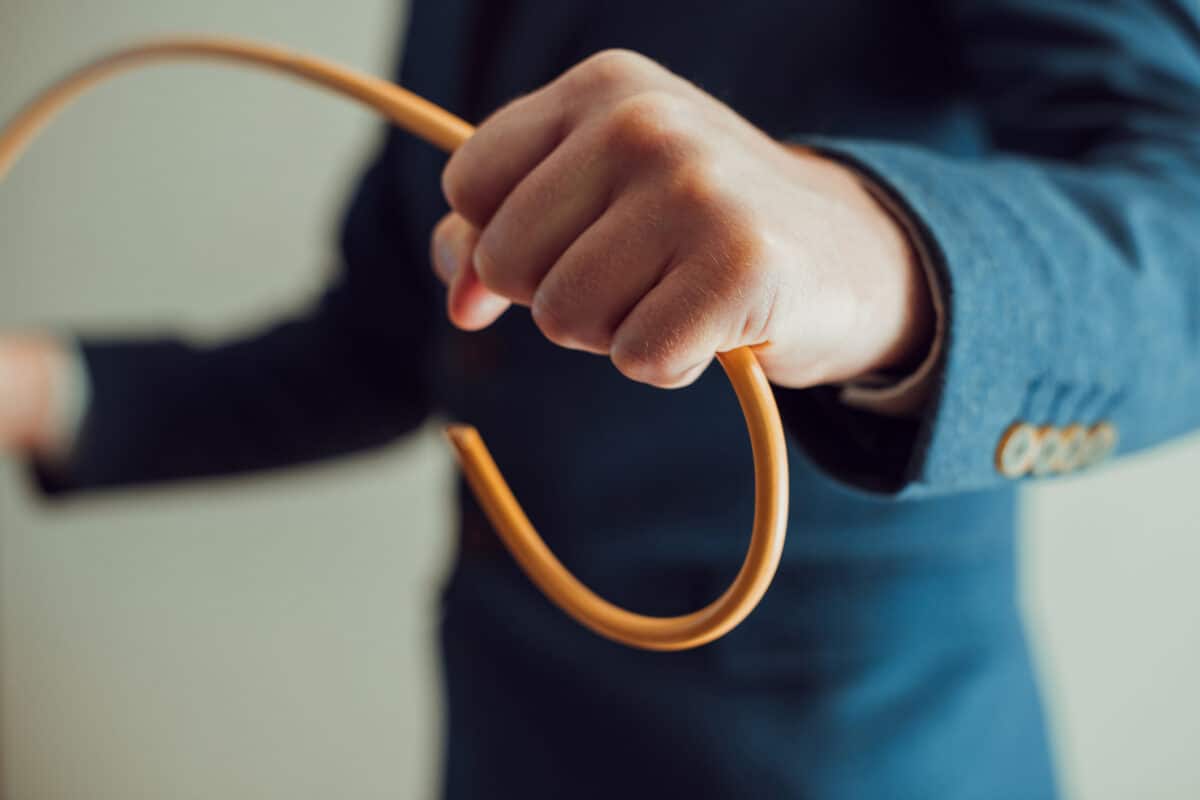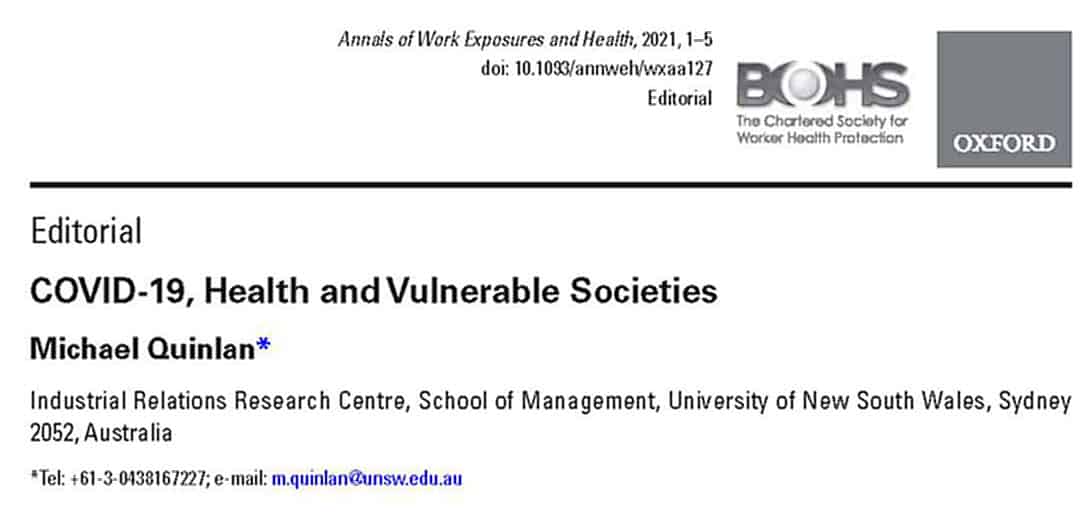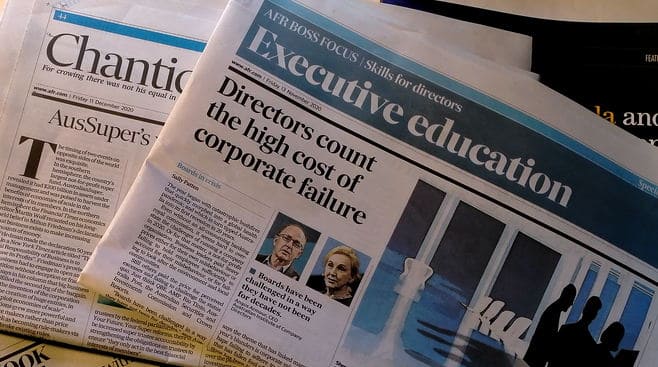The State of Victoria had a big week on mental health, with the Labor Government allocating billions of dollars to the improvement of the mental health of its citizens. Much of the justification for the spend (and the imposition of a mental health levy on large companies) is in response to the recent Royal Commission into Mental Health Systems. Workplace health and safety was on the agenda in that Royal Commission. Hence, it is worth looking at how, or if, this recent Budget helps employers improve the psychological health of their workers in anticipation of new regulations on this hazard promised by Victoria’s Minister for Workplace Safety, Ingrid Stitt.
Category: productivity
“reasonably practicable” reduces workers to a cash value
Legal interpretations dominate occupational health and safety (OHS). Understandably, if OHS is only determined by laws, but if the safety of workers is a moral imperative to you, the law is less significant. This latter perspective is rarely voiced, and one of the most important elements of OHS law is compliance “as far as is reasonably practicable” (ASFAIRP). ASFAIRP makes business sense but not necessarily safety sense, especially when one is dealing with the recent phenomenon of work-related mental health.
Some of the most powerful discussions on ASFAIRP and its place in providing safe and healthy workplaces occurred over a decade ago. However, the issue still resonates, and its perspective deserves continuous consideration.
Presenteeism in the new world of work
Presenteeism has largely been analysed through the principles and managed through the actions of the Human Resources profession. The COVID19 pandemic has changed the presenteeism conversation. There seems to be more enforcement of occupational health and safety (OHS) obligations on employees to not present a hazard to their work colleagues and customers and, therefore, to remain home.
On May 5 2021, in Darwin, the Australian Labor Party’s Shadow Minister for Industrial Relations, Tony Burke, spoke about presenteeism at a Transport Workers Union meeting. He said that the COVID19 pandemic showed that “a third of the workforce in Australia didn’t have sick leave” and:
Inquiries need more evidence and less anecdote
Recently the Australian Council of Trade Unions (ACTU) made a curious submission to the Federal Government’s Senate Select Committee on Job Security. This submission (not yet available online) illustrates the ACTU’s political and ideological position of job security and precarious work, including the occupational health and safety (OHS) impacts, but it could have been more convincing and helpful.
Here is its section on Insecure Work and Safe Workplaces, the last section before the Conclusion:
Building a resilient society
In the middle of a pandemic, it is easy to be locked into small issues, especially if they directly relate to you, such as lockdowns or sick relatives but it is important to be reminded of the broader social context. Professor Michael Quinlan recently wrote an editorial for the Annals of Work Exposures and Health, entitled “COVID-19, Health and Vulnerable Societies”.
Business nuggets from the Australian Financial Review
It is not possible to write as many occupational health and safety (OHS) articles as I would like to, and my newspaper clippings files are bulging by the time I get some time to tidy up. The Australian Financial Review (AFR) is an expensive business newspaper that often touches on OHS matters even though OHS may not be the core of the story. Below is a short discussion of many of those clippings from 2020. Most of the AFR articles are paywalled but can often be tracked down through other measures.
Precarious Work, Pandemics and Australia’s Future – Let’s Not Forget the Link
This is a guest post by Michael Quinlan & Dr Elsa Underhill (links added).
In mid- August 2020 Victorian Premier Daniel Andrews labelled insecure work as toxic and argued a fundamental policy reset was required into the future. He stated:

Insecure work is toxic. There is nothing good about insecure work, and when this is done, when this virus has been beaten, we will need to commit ourselves to do something really significant about it. It is no good for anything, for families, for a sense of security [and] for public health, for any purpose. We have a lot of people who work very hard but have no safety net to fall back on and that is just not something we should settle for .
(Guardian 16 August 2020)
The observation generated little publicity and was soon forgotten as the Victorian COVID outbreak caused deepening concern across the nation. But the first major Australian political leader to call precarious work for what it demonstrably was should start a long overdue public debate.
Continue reading “Precarious Work, Pandemics and Australia’s Future – Let’s Not Forget the Link”





